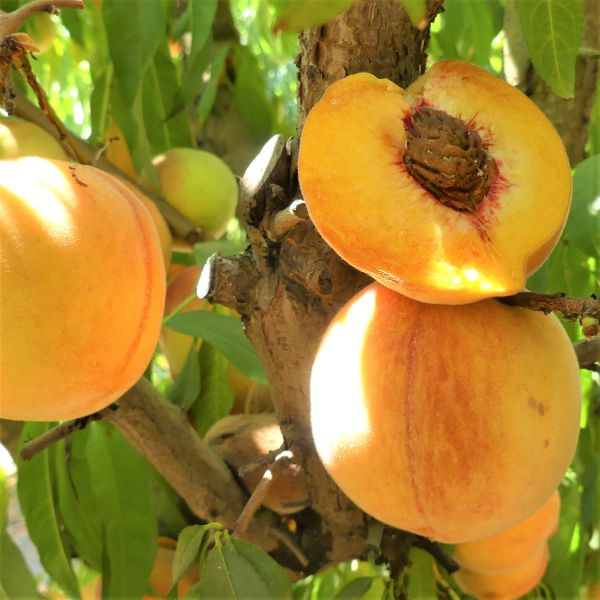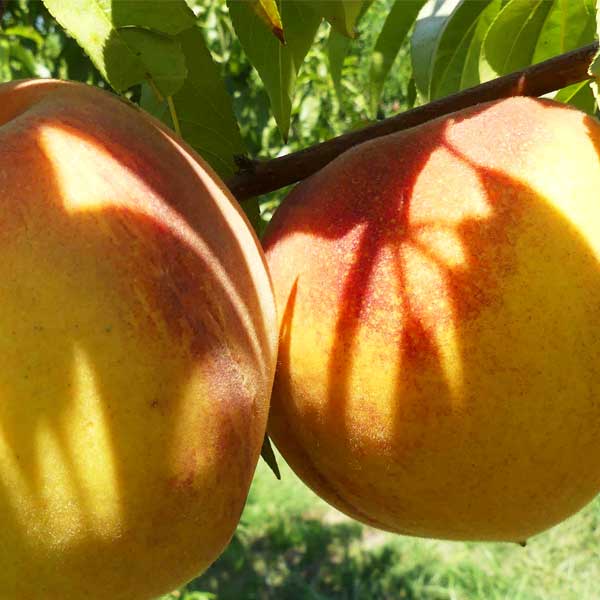Ship to: Update

- Plants
- Fruit Trees
- Fruit Trees
- Peach Trees
Plants Filter
Current Filters
Mature Height
Sunlight
Plant Type
Peach Trees
The peach tree, scientifically known as Prunus persica, is a deciduous fruit tree belonging to the Rosaceae family. It is native to China and has been cultivated for thousands of years for its sweet and juicy fruits, also known as peaches. Peach trees are known for their attractive pink or white blossoms in spring, which add beauty to the landscape before the fruit develops. Peaches come in various colors, such as yellow, white, and even red, and are enjoyed fresh, cooked, or used in desserts and preserves.
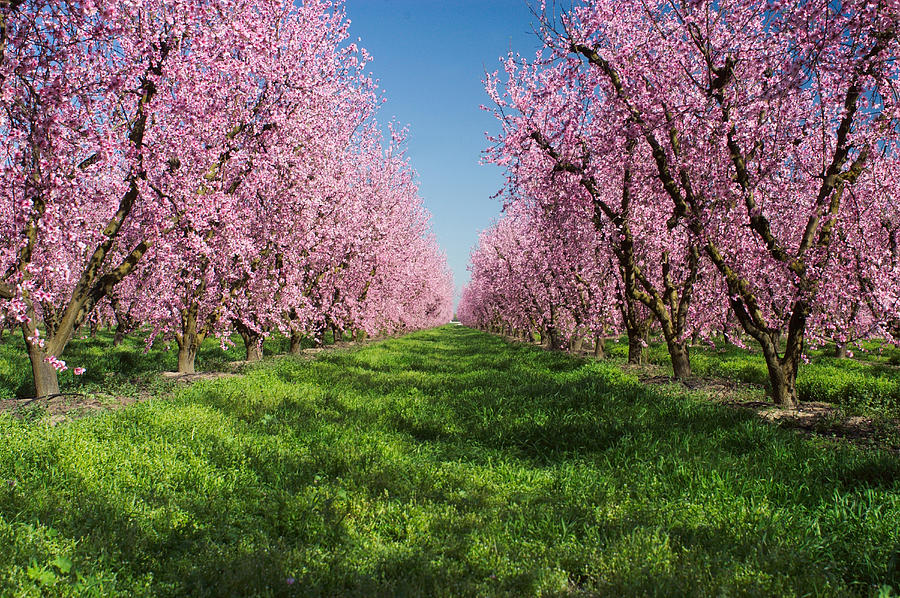
Varieties: There are numerous peach varieties, each with unique characteristics in terms of fruit flavor, size, and color. Some common peach varieties include:
- Freestone Peaches: The flesh of freestone peaches easily separates from the pit, making them ideal for fresh eating and cooking.
- Clingstone Peaches: The flesh of clingstone peaches clings tightly to the pit, making them suitable for processing and canning.
- White Peaches: These peaches have a sweet and less acidic flavor with a pale-colored flesh.
- Yellow Peaches: The most common type, with a balanced sweet-tart flavor and yellow flesh.
- Donut Peaches (Saturn Peaches): These peaches have a flat, donut-like shape and are known for their sweet and juicy taste.
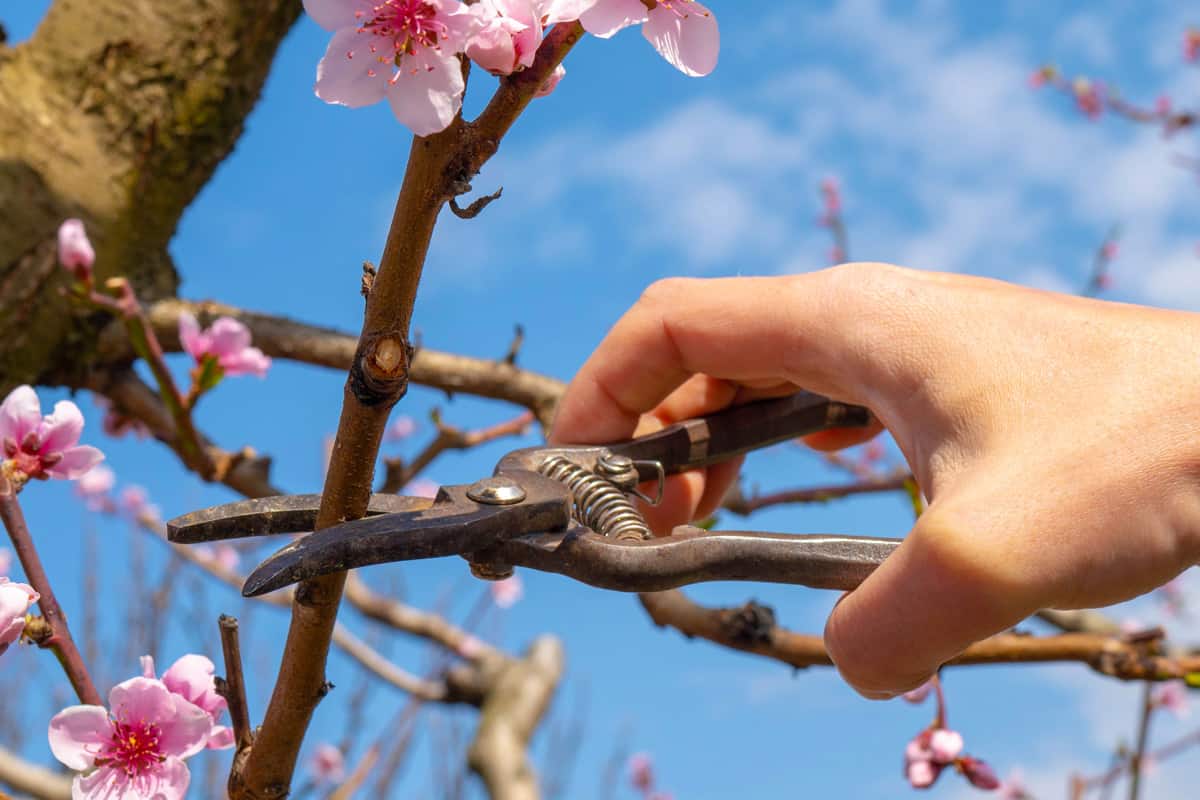
Care Tips:
- Location: Plant peach trees in a sunny spot with well-draining soil. Peach trees require full sun to produce sweet and juicy fruits.
- Soil: Peach trees prefer well-draining soil that is slightly acidic to neutral. Amending the soil with organic matter can improve fertility.
- Watering: Keep young peach trees well-watered to establish their root systems. Once established, they have moderate water needs.
- Thinning Fruit: To promote larger and healthier peaches, thin the fruit in early summer, leaving only one or two fruits per cluster.
- Pruning: Regular pruning is essential for peach trees to remove dead or diseased wood, improve air circulation, and encourage better fruit production.
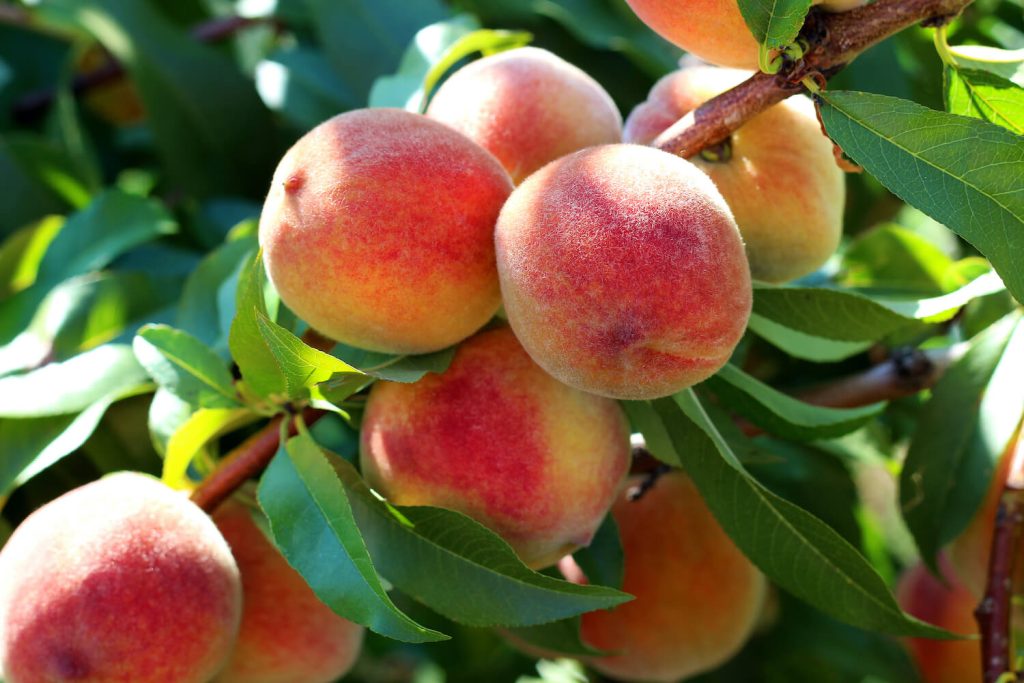
Uses:
- Fresh Consumption: Peaches are delightful when eaten fresh, offering a sweet and juicy taste.
- Culinary Dishes: Peaches are used in various culinary creations, including desserts, salads, sauces, and salsas.
- Canning and Preserving: Peaches can be canned or preserved to enjoy their delicious flavor year-round.
- Peach Cobbler and Pies: Peaches are commonly used in peach cobblers, pies, and crisps, showcasing their natural sweetness and flavor.
Peach trees are popular fruit trees in home gardens and orchards due to their delicious fruits and ornamental value. With proper care and attention, peach trees can produce abundant and flavorful fruits, making them a cherished addition to any landscape. However, they may require protection from late spring frosts, as peach blossoms can be sensitive to low temperatures. With suitable care and a frost-free climate, peach trees can thrive and provide a delightful harvest of fresh and delicious peaches.
Item has been added to your cart.


